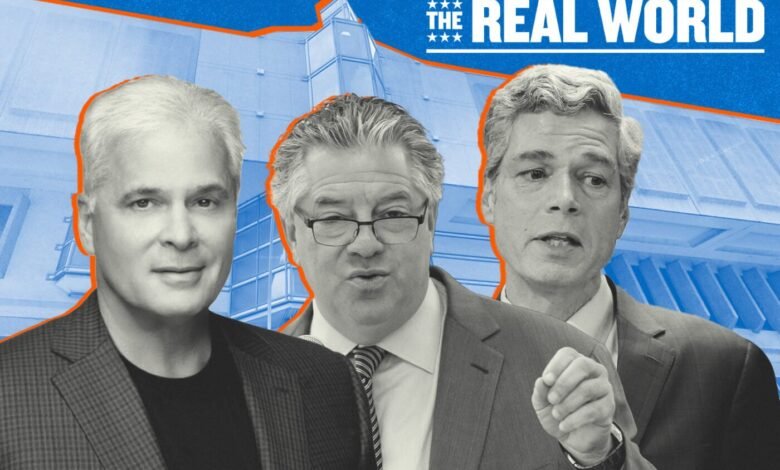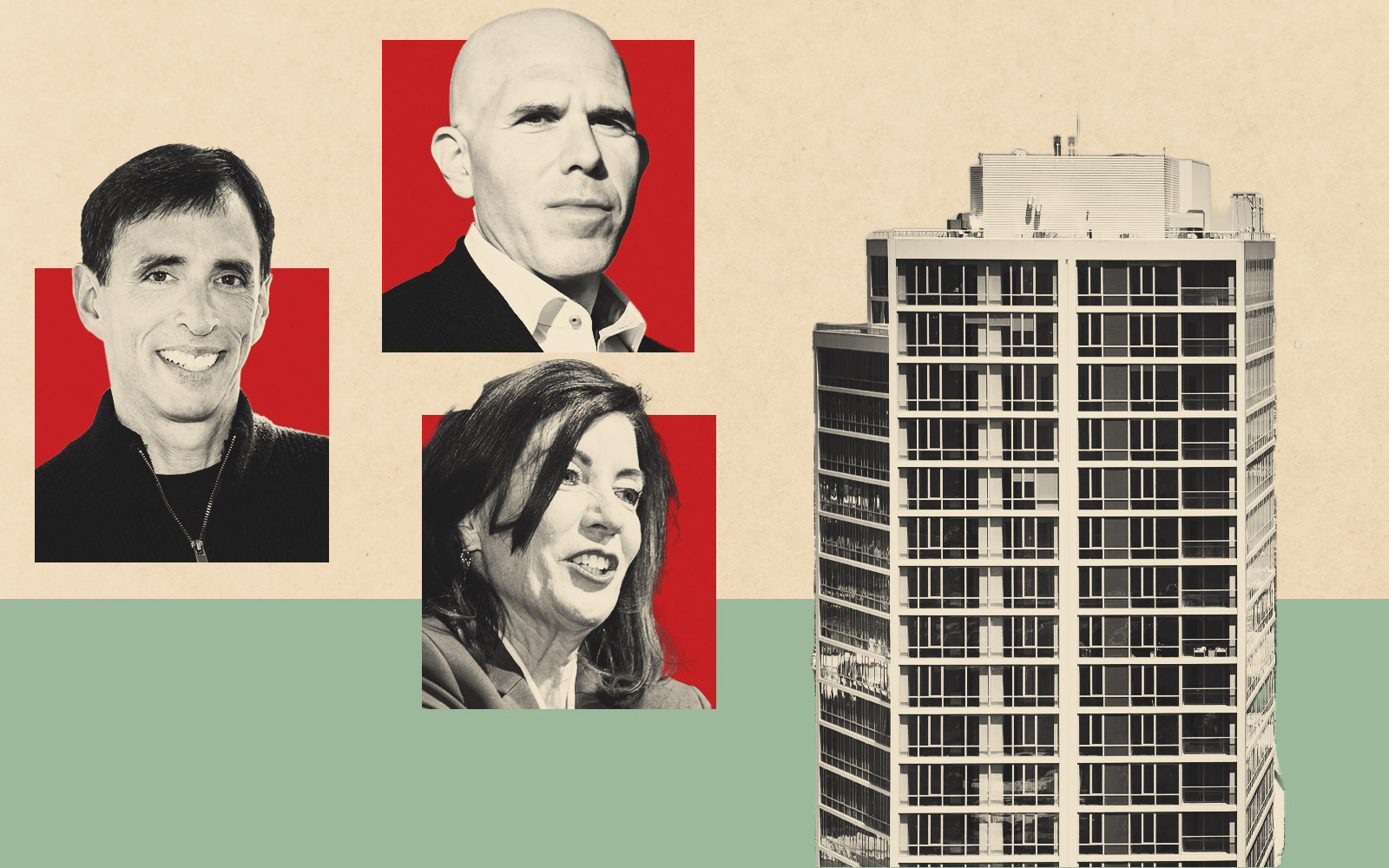White Plains Galleria Mall Project Stirs Debate Over Housing

Developer Louis Cappelli is negotiating with the city of White Plains to build 2,000 to 3,000 apartments on the closed Galleria Mall site. To start fresh with an 11-acre site — by demolishing a parking garage on 4 acres owned by the city — he is offering more of what local advocates want: affordable housing.
But one aspect of his proposal would not fly in New York City, nor perhaps in White Plains. Cappelli wants to build two towers exclusively for all 500 of the rentals for households earning 60 percent of the area median income.
To comply with White Plains’ affordable housing rules, another 300 apartments for tenants at 80 percent of AMI would be spread throughout the other five towers, mixed in with the market-rate units.
The upshot of Cappelli’s plan is that if you make less money (up to $71,400 for an individual, or $102,000 for a family of four), your building would only have people in your income bracket. If you earn about one-third more (up to $95,200 for singles, or $136,000 for a family), you get to live in the nicer buildings with the wealthier folks.
His partners on the $2.5 billion project would be Pacific Retail Capital Partners, SL Green and mall owner Aareal Bank of Germany.
Separating the two 60 percent AMI buildings might make economic sense, if Cappelli can build them less expensively — perhaps with fewer amenities — and plow the savings into affordability. He says the buildings would be of the same quality as the market-rate towers and share the parking and “retail amenities.”
Without a doubt, the 60 percent AMI tenants would surely be better off than if the two buildings were never built. However, mixed-income housing works better politically and socially. When poorer folks share experiences and classrooms with richer folks, it raises their aspirations and builds their social capital.
New York City’s multifamily development policy evolved from “build market-rate over here and affordable over there” to “build it on the same site, but with a ‘poor door’ for the affordable units” to “thoroughly integrate the market-rate and affordable apartments.”
After the 421a program was changed so developers could not fund affordable housing in, say, the South Bronx to meet affordability requirements for luxury rentals elsewhere, Gary Barnett built a 33-story tower in Lincoln Square with a separate entrance and minimal amenities for the 55 affordable units.
The low-income renters only had access to a bike storage closet, an unfinished laundry room and a common space facing a courtyard they’re not allowed to enter, the New York Post reported. Meanwhile, the condo residents had two gyms, a pool, a movie theater, a bowling alley and doormen.
The state legislature responded in 2015 by banning “poor doors” in its revised 421a program.
In White Plains, Cappelli is running into the same concerns. The mayor, Tom Roach, wants the affordable units spread throughout the project, as the city already requires for the 80 percent AMI units.
In fact, for all such projects, the mayor plans to propose mandating affordability levels like those Cappelli is dangling, up from the current 12 percent of units set aside at 80 percent of AMI.
Debates like this are playing out in certain cities across the U.S. The danger for progressives is that requiring too much affordability results in fewer homes being built and a more expensive housing market overall.
The blogger Matthew Yglesias calls inclusionary zoning “a tax on housing” and says a better plan is to zone as permissibly as possible and use the resulting tax revenue to subsidize affordable housing.
“What makes housing more affordable is increasing the supply of housing,” he writes. “Affordability requirements do generate some quantity of subsidized units, which is nice for the people who get them. But it finances their construction in what has to be the most destructive possible way.”
Read more

Developers sound alarm over Westchester unit influx

Apartment development boom in Westchester invigorates downtowns

Hines buys White Plains shopping center for $112M
